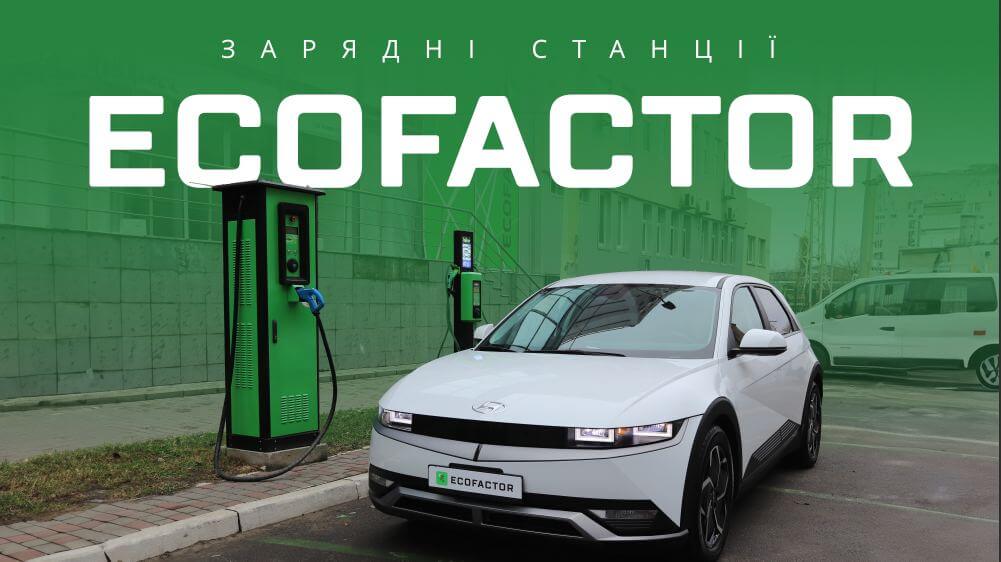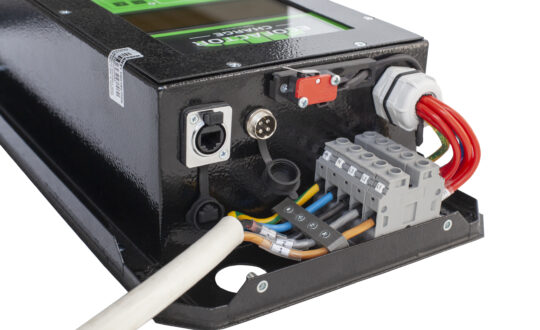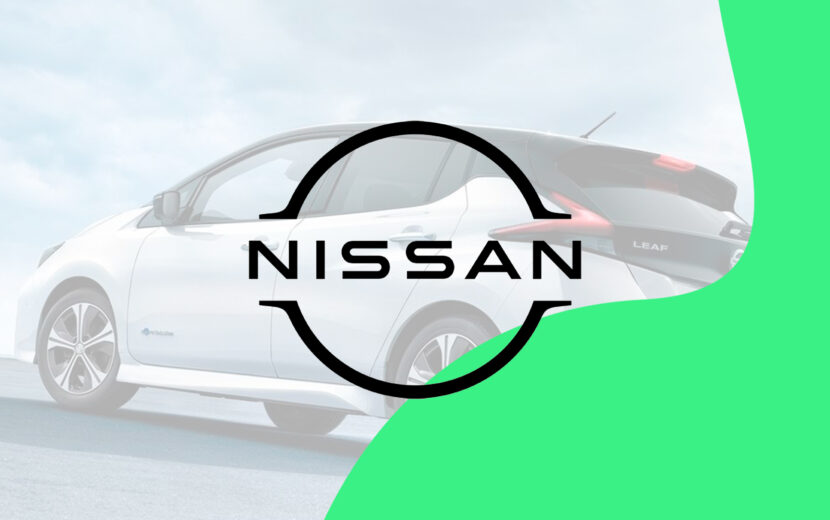
Nissan electrification: from simplicity to innovation
The beginning of the electric vehicle era The Japanese automaker began its life as a small company called Nihon Sangyo in 1928, when Yoshisuke Aikawa took over as president. It was only in 1934 that the company was renamed Nissan Motor Co. Ltd. The main area of activity was the production of small cars under the Nissan and Datsun brands. [...]
Content:
The beginning of the electric car era
The Japanese automaker began its life as a small company under the name Nihon Sangyo in 1928 when Yoshisuke Aikawa took over as president. It was only in 1934 that the company was renamed Nissan Motor Co. Ltd. The main area of activity was the production of small cars under the Nissan and Datsun brands. In 1935, the Japanese company began exporting its vehicles abroad to the countries of Central and South America.
Nissan Motor developed its first production electric car back in 1947. After the war, there was little oil, but plenty of electricity. The government pushed and stimulated the production of electric vehicles. Nissan, together with engineers from the Tachikawa Aircraft company, created an electric car called the Tama with government sponsorship.
At the time, this car was an advanced product with high performance and quality. It was successfully tested in Japan and performed well.
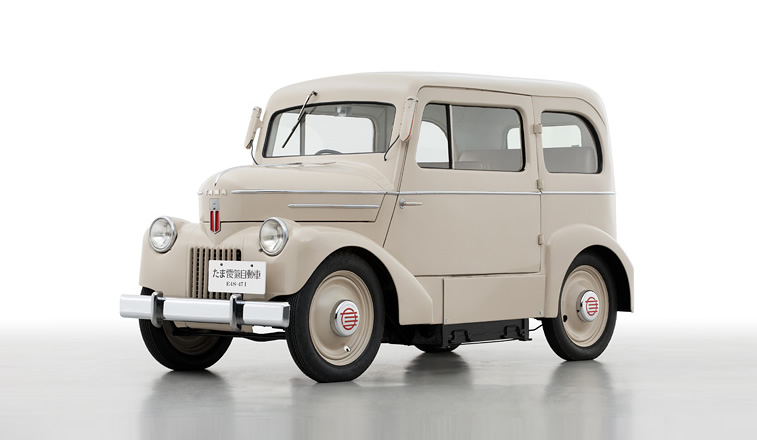


Electric Tama Electric Vehicle E4S was the ancestor of all Nissan eco-cars. It offered a range of 96.3 km and a top speed of 35.2 km/h. By 1950, the company had managed to sell 1,100 electric vehicles.
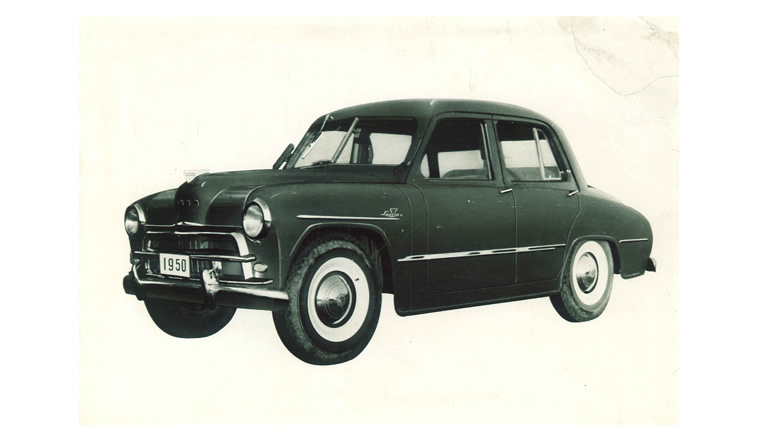
Two years later, after the release of the first electric car (1949), the Nissan Senior EMS - is already a 5-seater electric vehicle. The new model has a body that is one metre longer and 300 mm wider, and the wheelbase has increased by 400 mm. The number of lead batteries has also doubled (2V), providing a range of up to 200 km. The top speed has also increased to 55 km/h. In addition, the new electric car with independent front suspension and progressive brakes offered more comfort.
Electrical concepts and technology development
In the 1970s, the company returned to electric mobility and introduced the Nissan 315X concept car (1970). It was a tiny electric car with seats for two passengers and a single engine driving the rear wheels. The 315X was capable of reaching speeds of up to 90 km per hour. A year later (1971), Nissan unveiled an open version of its Nissan 315X-b electric city car concept.
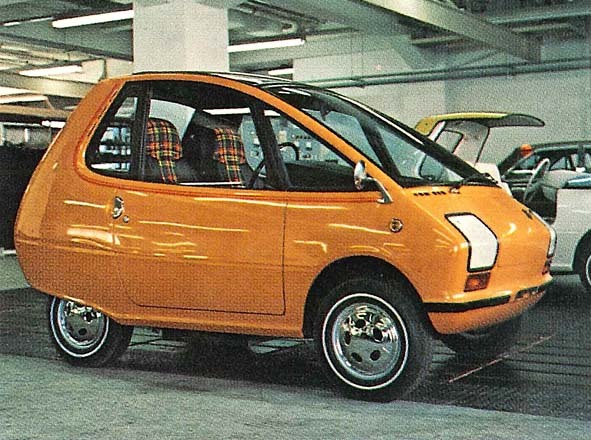


In 1973, after several years of development in cooperation with government agencies and leading companies, the project EV4-P. It was a compact two-person truck equipped with a DC motor powered by a lead-acid battery.
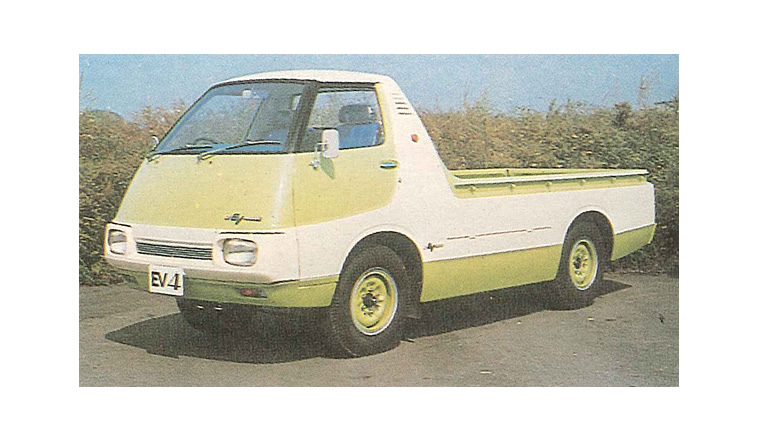
Nissan EV4-P covered 302 km on a single charge at a constant speed of 40 km/h. At the time, this was an unrivalled performance for electric vehicles with a single battery. In addition, the top speed was 87 km/h, and the acceleration from 0-40 km/h took 6.9 seconds.

Nissan March EV (1983) was the first experimental electric car to be equipped with an innovative electric power plant with an asynchronous motor and a two-speed electromagnetic transmission. The battery provided a range of 160 km at a constant speed of 40 km/h.
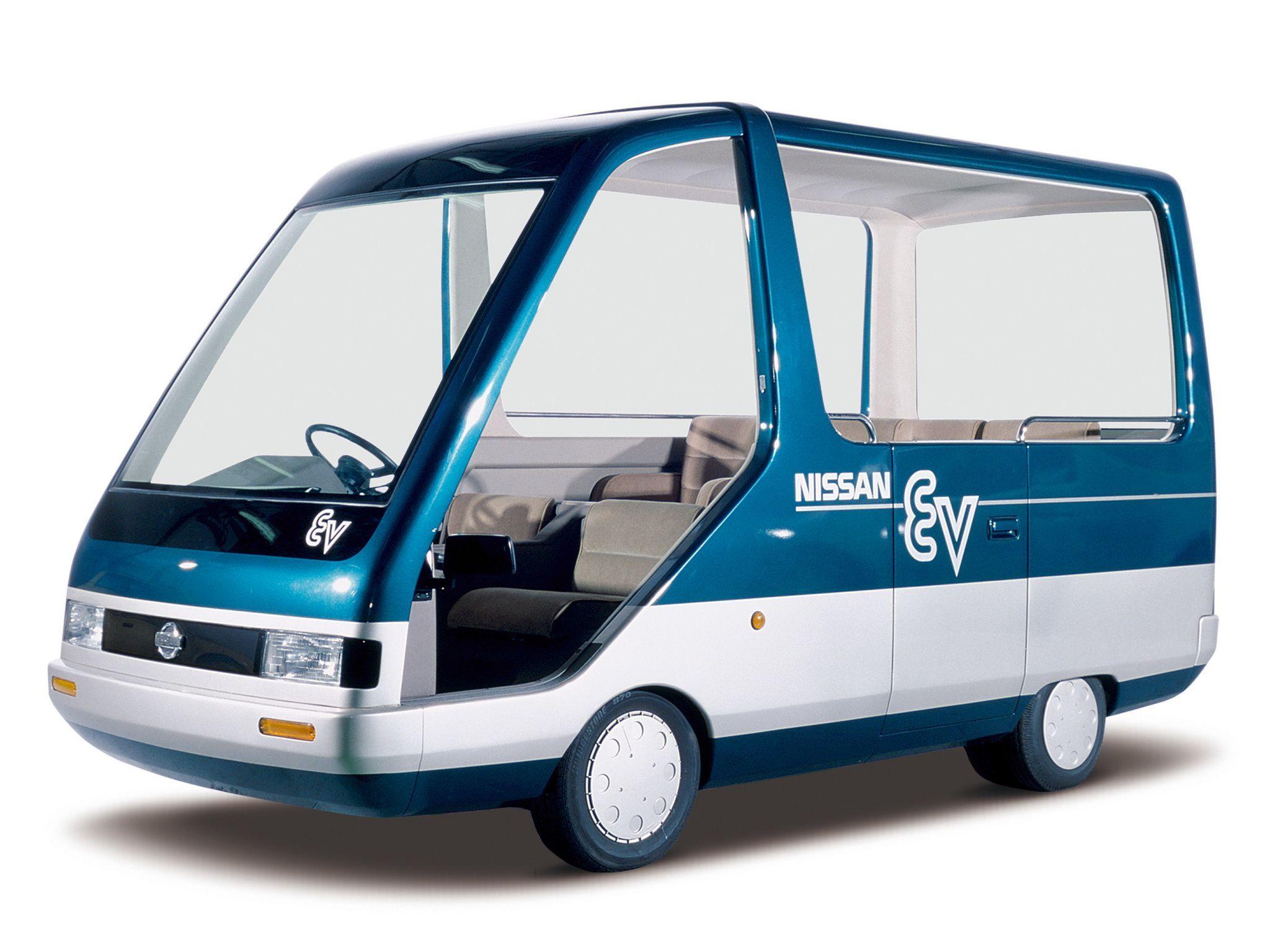
At the 1985 Tokyo Motor Show, Nissan unveiled an electric car for walking EV Guide-II. It had a range of only 60 km and moved at a speed of 18 km/h. This six-seater car was intended for transporting guests and for excursions. Later, it was used to move around the plant. A little later, the EV Resort modification appeared for use in resorts, which was sold in the amount of 40 copies on order.
In the period up to 1991, the company produced several electric vehicles in limited quantities for different purposes, but based on early developments. It was a garbage truck for use in the city of Yokohama (Garbage Collecting Truck), a convertible for transporting champions at world competitions (President EV), converted into an electric car Cedric EV, as well as Avenir EV for energy companies.
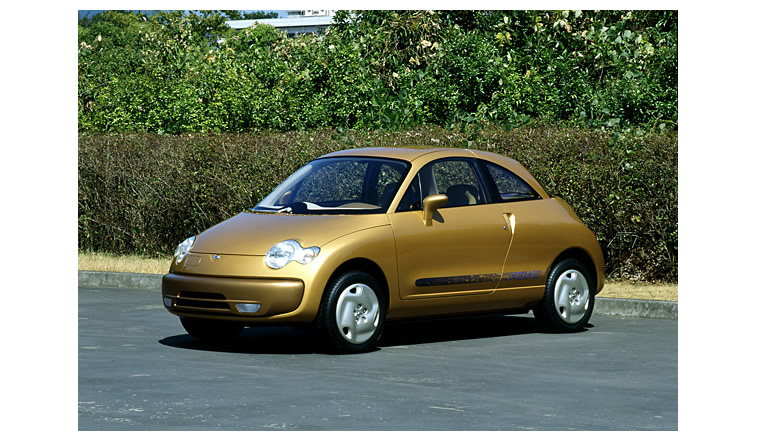
In 1991, the FEV concept car, or "electric vehicle of the future", was presented with its flowing shapes. But only its successor FEV II in 1995 received innovative technologies: lithium-ion batteries were installed instead of lead batteries. At that time, they had just appeared on the market of household and electronic appliances, making a mini revolution: they were distinguished by their high density, light weight and long battery life.
A new stage in the development of electric vehicles
The world's first electric vehicle with cylindrical lithium-ion batteries in 1995 was a minivan Nissan Prairie Joy EV. But it was produced in a limited edition and only about 30 units were sold worldwide. For six years, the Prairie Joy EV was used by a Japanese research team at the North Pole. This made it possible to test electric batteries in extreme cold conditions.
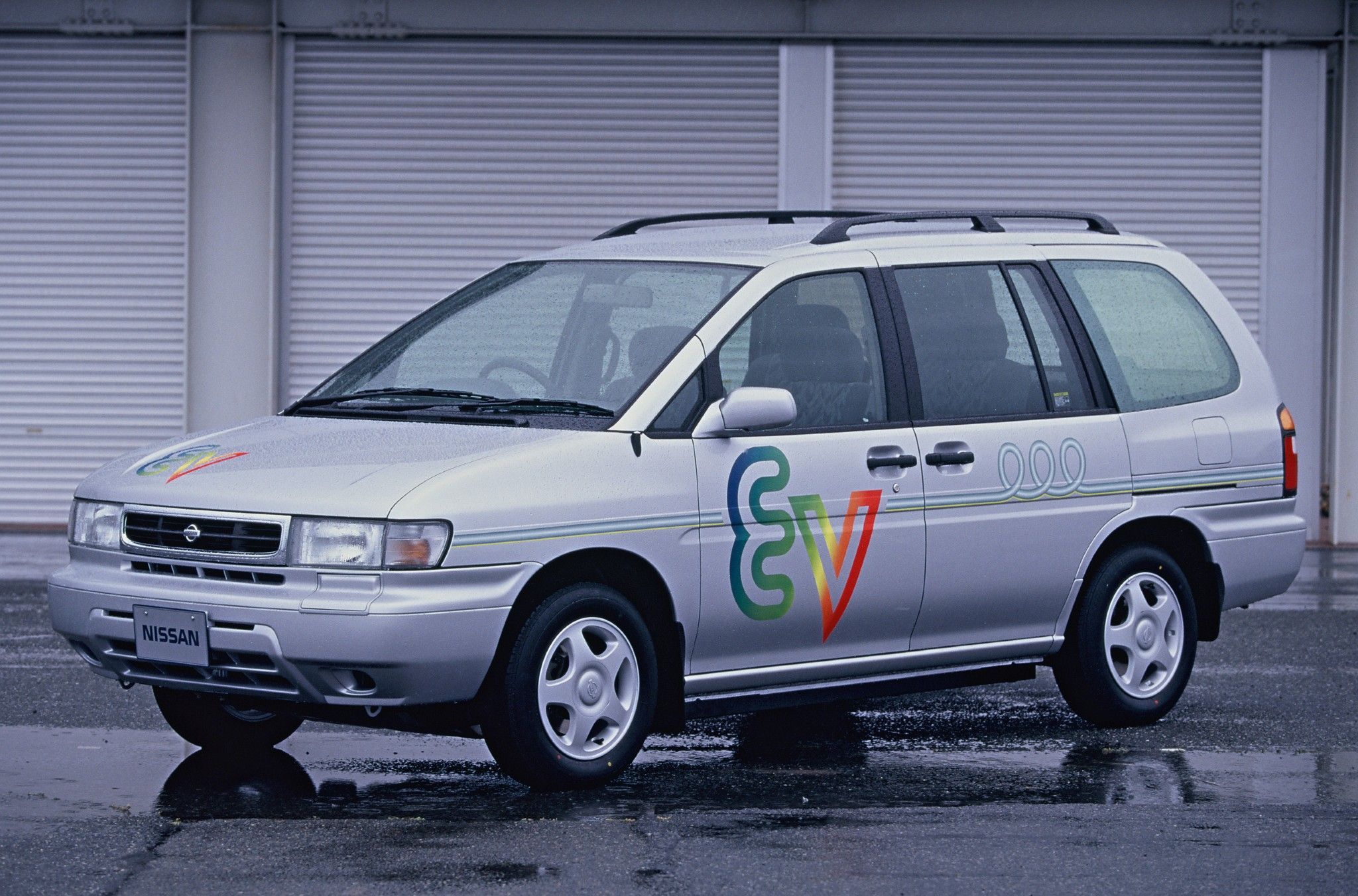
The next important stage in the development of the electric vehicle sector was the emergence of Altra EV with a lithium-ion battery (R'nessa EV in Japan). It was produced for the Japanese and US markets (1997), where it was sold in 200 units. It was a minivan, partly an SUV and partly a station wagon, with a base of almost 2.8 m and a length of 4.87 m. It was equipped with an 83 hp (62 kW) synchronous motor, and the Altra EV's 12-module lithium-ion battery was located under the cabin floor and provided a "real" range of 113 km. The top speed was already 120 km/h.
And the company opened the new millennium with the serial production of the Hypermini EV city car, shown earlier in 1997. It featured a special body design with seats for two passengers on a lightweight and very rigid aluminium frame. It was equipped with a synchronous traction motor with a neodymium magnet and a high-performance lithium-ion battery system. The range on a single charge was 115 km and the top speed was 100 km/h. The battery could be recharged in four hours using an inductive charging system with a 200-volt AC charger.
Nissan took a big step forward during the turn of the millennium by working with NEC to develop compact laminated lithium-ion batteries that replaced the cylindrical cells used before. The new batteries can store twice as much energy in the same size.
From best practice to legend
Nissan went even further, and in 2005 and 2007 showed concepts Pivo and Pivo 2The company also developed a new vehicle in which each wheel could be turned separately and the cab rotated 360 degrees. It turned out that the centre of gravity could be very low, electric motors could be placed in the wheels, and the cab and platform could be separated using x-conductor technology.

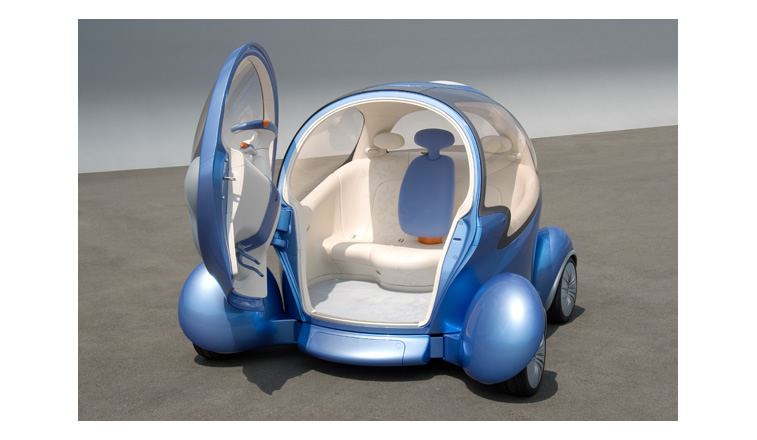

It was only in 2008 and 2009 that prototypes of the Electric Vehicle (Test Vehicle) appeared. They were equipped with an inverter, an 80 kW motor on the front axle and demonstrated a high level of driving pleasure. The EV-01 was the first to receive a modern electric transmission for testing. Its successor, the XV-12, was based on the Nissan Tiida platform and already had approximate dimensions and the image of the future car. The tests showed that the EV concept was ready for mass production.
The first generation of the legendary Nissan Leaf made its debut in 2010. It was the first production car to be sold worldwide and was two years ahead of Tesla. It was powered by an 80 kW (107 hp) electric synchronous motor with 280 Nm of torque, which drove the front wheels. The maximum speed was 150 km/h.
The Nissan Leaf had a range of 117 km and was equipped with a 24 kW battery; since 2013, a more powerful 30 kW battery has been installed (range of 170 km). Initially, the battery did not have active cooling, but only passive cooling (by radiation), which did not show the best results in temperature changes.
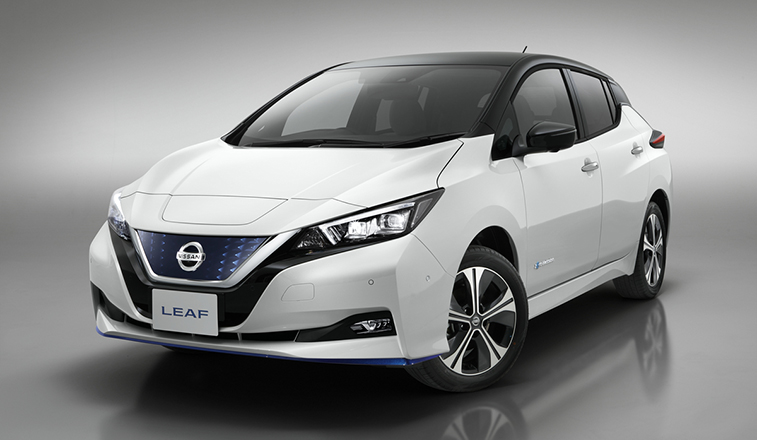
In 2017, the second generation of the Nissan Leaf electric vehicle was introduced. It received a larger battery (40 kW and 62 kW) with an increased range of 250 or 365 km. The electric motor produces 110 kWh (147 hp) and 320 Nm. The range can be replenished using a Type 2 connector (in Europe) or SAE J1772 (USA/Japan) from a regular power supply in 12-16 hours or from a 50 kW CHAdeMO in 2.5 hours.
In addition, Leaf was one of the first to be able to send power back to the grid. And today, in Europe, batteries from electric vehicles are getting a second life: for example, streetlights are powered by them to illuminate the streets.
In 2021, it is estimated that the total number of Leafs sold over the years exceeded 400,000 units. The total number of Leafs travelling the planet successfully prevents the release of 2.5 million tonnes of carbon dioxide (CO2) into the environment each year. It would take nearly 100,000,000 trees to remove that amount of carbon dioxide from the atmosphere if it were released directly.
Technologies of the future
But Nissan is not resting on its laurels, and in July 2021, the concern introduced the innovative Nissan Aria electric crossover coupe with the latest generations of technology and recycled materials.

The Ariya will be a key model in Nissan's NEXT plan, according to which the company plans to sell one million electrified vehicles annually by 2023, including electric vehicles and vehicles with electrified e-POWER powertrains.



